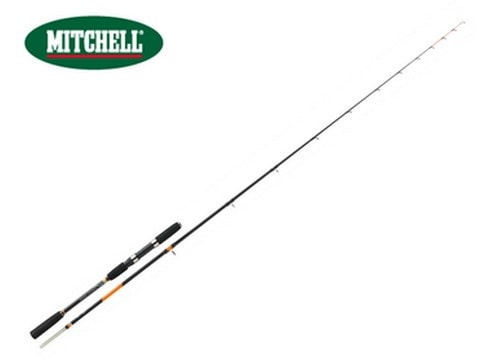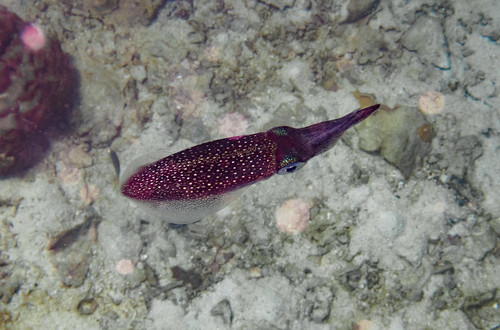


Although not presently available, microwave single-photon detectors based on superconducting qubits are under active investigation Wang et al.
#Squids fluid verification#
Unambiguous verification of the Hawking process will require frequency-tunable, single-shot photon detection at the end of the JJA opposite to that of the bias pulse origin. A phase-qubit at the end of the JJA functions as the photon detector. Current pulses in the bias-line provide external flux necessary to modify the SQUID array propagation velocity. Figure 4: Possible transmission line and detector realization. Unavoidable current pulse dispersion in the bias-line, resulting in a decrease in Hawking temperature, can be minimized with appropriate choice of pulse shape and transmission line length. Additionally, a dc-external flux can be used to fine-tune the transmission line velocity closer to that of the bias-line, eliminating the need for large amplitude current bias pulses.
#Squids fluid series#
The required bias pulse velocities u can be achieved by similarly employing individual JJ’s in series as the bias line. To provide a space-time changing velocity, the JJA is modulated by generating current pulses in the bias-line, the propagation velocity of which are assumed to be slightly below that of the unbiased JJA. 4, which consists of the JJA transmission line as well as an additional conducting line producing the space-time varying external flux bias Φ e x t. ( 2000)Įxperimental Realization.- A possible realization of the JJA is shown in Fig. In this case, we can define an effective impedance as seen by a single junction to be Z J = Z E + Z A where Z E is the environmental impedance of the leads and Z A is the array impedance that, for frequencies below the plasma frequency, can be written as Haviland et al. In contrast, a JJA has an environment that comprises not only the input and output ports, but also all the other JJ’s in the array. In the majority of experimental configurations, a single JJ is connected to probe leads with impedance ∼ 50 Ω and as such is in the low-impedance regime Z / R Q ≪ 1.

the γ + quantum fluctuations are small with respect to its average, and the JJ is in the superconducting state, allowing for a lumped inductor approximation. When E J / E C > 1 and the impedance seen by the junction is less than the resistance quantum, R Q = h / 4 e 2 ≈ 6.45 k Ω, the phase operator behaves as a semiclassical quantity, i.e. These energy scales give a representation of the phase-charge uncertainty relation Δ γ Δ Q ≥ e, and relate the amplitude of quantum fluctuations between these variables Likharev ( 1986). Model Validity.- For a single effective JJ, the magnitude of quantum fluctuations in the phase variable γ + depends on both the ratio of Josephson energy, E J = Φ 0 I s c / 2 π, to charging energy, E C = e 2 / 4 C J, as well as on the impedance of the junction’s electromagnetic environment. Additionally, the understanding of the physics associated with laboratory system analogues may provide clues as to resolving unanswered questions associated with Hawking’s original calculation such as the trans-Planckian problem Jacobson ( 1991). Estimated Hawking temperatures in these systems vary from a few nano-Kelvin to 10 3 K respectively, far above temperatures predicted for astronomical black holes and thus usher in the possibility of experimental observation. ( 2000), liquid Helium Volovik ( 1999), electromagnetic transmission lines Schutzhold and Unruh ( 2005), and fiber-optic setups Philbin et al. Since Unruh’s original proposal, Hawking radiation analogues have been proposed using Bose-Einstein condensates Garay et al. For a sound wave excitation in the fluid, with velocity c s, the horizon occurs where v 2 ( r ) = c 2 s and the excitation is incapable of surmounting the fluid flow. Where c s is the speed of sound and v ( r ) is the spatially varying velocity of the fluid. D s 2 = − d t 2 + 2 v ( r ) d r d t + d r 2 + r 2 d Ω 2 ,


 0 kommentar(er)
0 kommentar(er)
